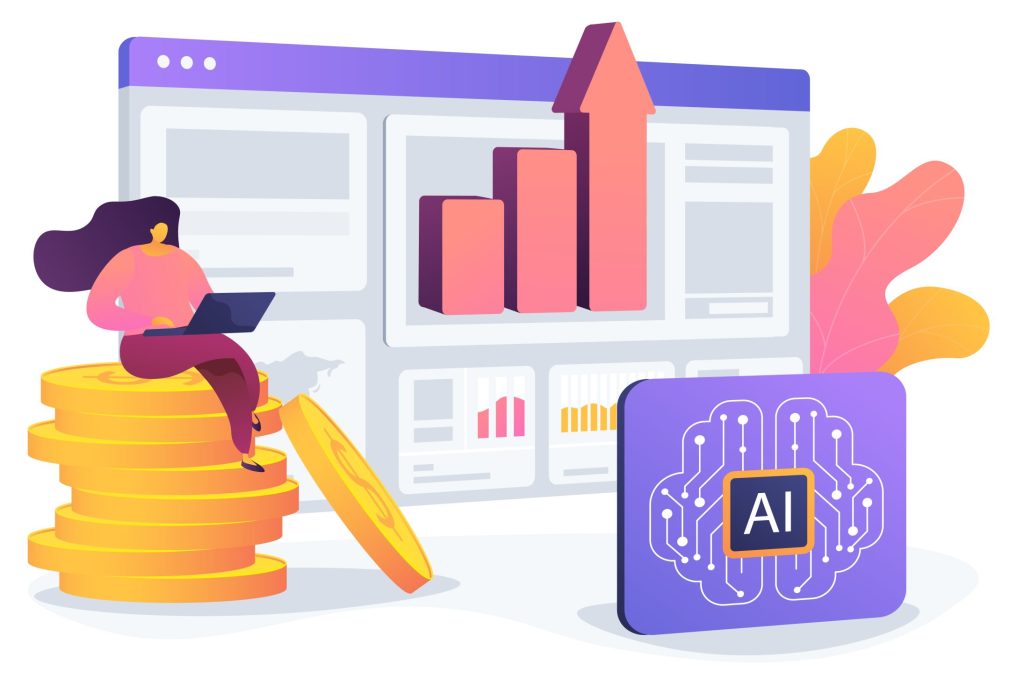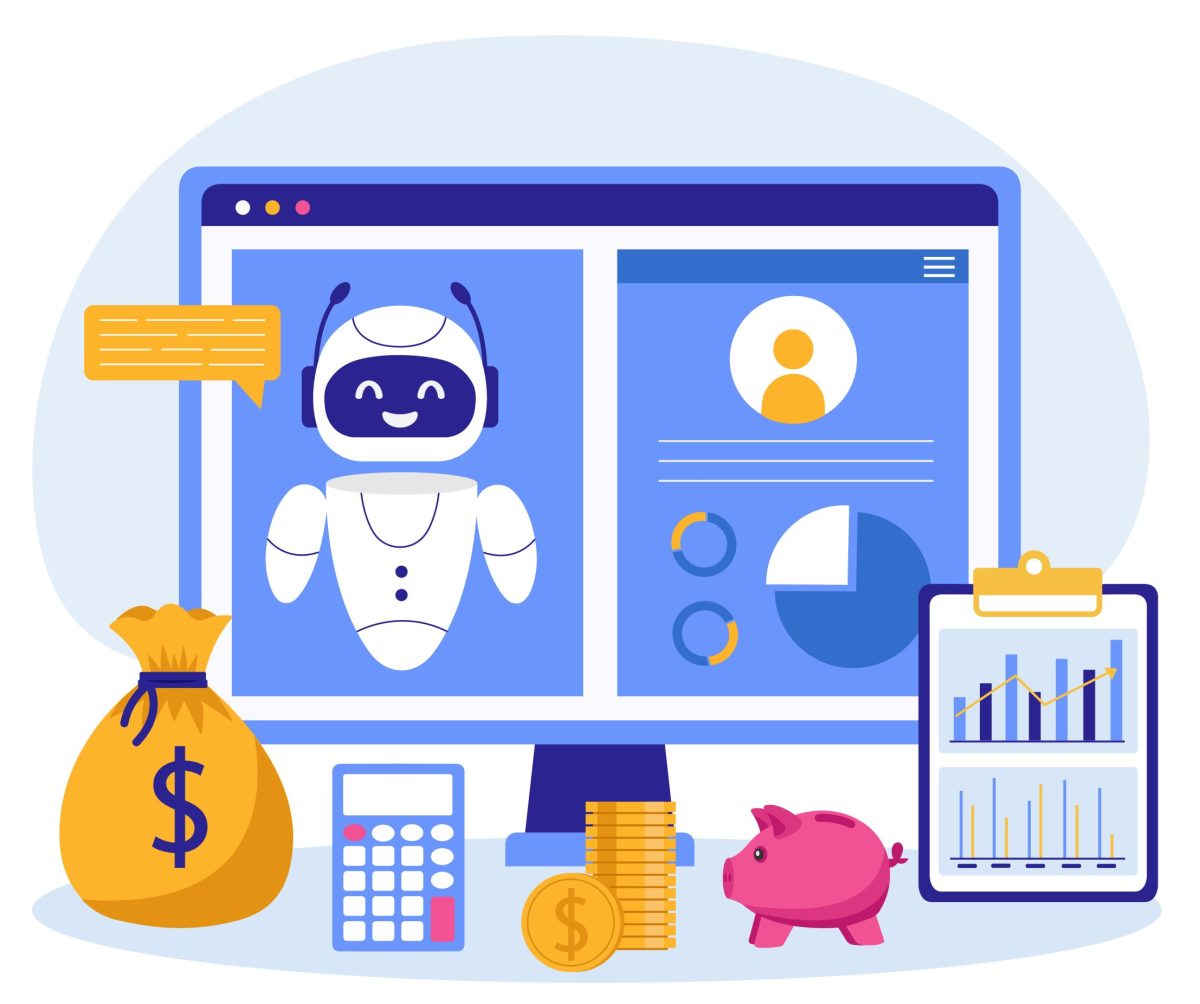For small and medium-sized enterprises (SMEs), staying ahead of market changes is crucial for survival and growth. Economic forecasting helps businesses anticipate shifts in demand, pricing, and resource allocation, but manual forecasting can be time-consuming and prone to errors. This is where AI prompts for economic forecasting come into play.
By using AI-generated insights, SMEs can set measurable goals, plan strategically, and respond to economic trends with greater agility. In this blog, we’ll share 10 practical AI prompts that help SMEs improve forecasting accuracy, set better goals, and align team efforts with market conditions.
Why Use AI for Goal Setting in Economic Forecasting?
Economic forecasting used to require complex models and dedicated analysts. Today, AI prompts make it accessible even for small teams by providing structured guidance and predictive insights.
Using AI prompts for economic forecasting helps SMEs:
1. Identify economic risks before they impact operations.
2. Set realistic growth and revenue goals based on data.
3. Optimise supply chain and resource planning.
4. Stay responsive to market trends and customer behavior.
AI brings speed, clarity, and confidence to decision-making, turning uncertainty into opportunity.
10 AI Prompts for Economic Forecasting with Templates and Example Outputs
1. Market Demand Forecasting
Prompt Template: “Predict changes in product demand over the next [time period] based on market trends and consumer data.”
Example Output: Projected 15% increase in demand for eco-friendly packaging within the next quarter due to sustainability trends.
Why Useful: Helps businesses align production and inventory with expected demand.
2. Revenue Growth Estimation
Prompt Template: “Estimate quarterly revenue growth for [company/industry] based on recent sales and market performance.”
Example Output: Expected 8% revenue growth next quarter, driven by increased B2B purchases and new product launches.
Why Useful: Enables better financial planning and budgeting.
3. Cost Fluctuation Analysis
Prompt Template: “Analyse potential cost fluctuations for raw materials in [industry] over the next six months.”
Example Output: Material costs expected to rise by 5% due to supply chain disruptions in Southeast Asia.
Why Useful: Supports informed procurement and pricing decisions.
4. Economic Risk Assessment
Prompt Template: “Identify major economic risks that could affect SMEs in [region/sector] during [time period].”
Example Output: Risks include currency volatility, rising energy costs, and decreased consumer confidence.
Why Useful: Helps teams plan contingency strategies proactively.
5. Investment Opportunity Identification
Prompt Template: “List potential investment opportunities for SMEs in [industry] during an economic slowdown.”
Example Output: Suggested areas: digital transformation services, AI automation tools, and remote work infrastructure.
Why Useful: Guides SMEs toward smart, timely investments.
 6. Workforce Planning Forecast
6. Workforce Planning Forecast
Prompt Template: “Predict workforce needs for an SME in [sector] based on forecasted growth and operational goals.”
Example Output: Expect to increase staffing by 10% in logistics and reduce temporary roles by 5% in Q2.
Why Useful: Aligns hiring and resource planning with market demand.
7. Inflation Impact Projection
Prompt Template: “Assess how inflation could affect profit margins for [company] over the next year.”
Example Output: Inflation projected to reduce margins by 3% unless pricing adjustments are implemented.
Why Useful: Helps SMEs prepare pricing and cost-saving strategies.
8. Competitor Market Position Analysis
Prompt Template: “Analyse how competitors may respond to upcoming economic shifts in [industry].”
Example Output: Competitors are likely to focus on lower pricing strategies and expand into digital channels.
Why Useful: Supports proactive competitive positioning.
9. Supply Chain Disruption Forecast
Prompt Template: “Forecast potential supply chain disruptions and their business impact in [region/sector].”
Example Output: Possible delays in raw material imports due to trade restrictions, affecting production timelines.
Why Useful: Enables businesses to develop backup supply strategies.
10. Long-Term Growth Scenario
Prompt Template: “Create three economic growth scenarios (optimistic, moderate, and conservative) for [company] over the next three years.”
Example Output: Optimistic: 12% annual growth with stable market conditions; Moderate: 7% growth; Conservative: 3% growth under inflation pressure.
Why Useful: Helps SMEs plan flexible strategies for multiple market conditions.
 Example Output of AI-Generated Goal Setting
Example Output of AI-Generated Goal Setting
Let’s look at how these prompts can guide an SME’s goal-setting process.
Scenario: A retail SME wants to prepare for economic uncertainty while maintaining steady growth.
Prompt: “Generate a six-month goal plan for an SME in retail to manage inflation risks and maintain profitability.”
AI Output:
Goal 1: Adjust pricing strategy by 5% to offset rising supplier costs.
Goal 2: Introduce a mid-tier product line to retain budget-conscious customers.
Goal 3: Negotiate long-term contracts with suppliers to stabilise pricing.
Why Useful: This output provides a structured approach to adapt to market shifts while sustaining profitability.
How Stratpilot Can Empower SMEs in Economic Forecasting
Navigating economic fluctuations requires structure, collaboration, and clarity. Stratpilot provides SMEs with AI-powered features that simplify planning and goal setting. Through customizable workspaces, teams can organise forecasting tasks, create data-backed objectives, and stay aligned throughout execution.
With predefined prompt templates and an AI-driven companion, Stratpilot helps SMEs quickly generate actionable strategies for financial planning, risk management, and resource allocation, without requiring technical expertise. It transforms complex forecasting into a guided, structured process that supports confident business decisions.
Act for Smarter Forecasting
Economic uncertainty doesn’t have to be intimidating. Start setting clear goals and preparing your business with the help of AI-driven forecasting strategies. Request a demo for Stratpilot Today and give your team the power to plan with clarity, structure, and foresight.
Frequently Asked Questions (FAQs)
Q1: What are AI prompts for economic forecasting?
They are structured questions or commands given to AI systems to generate predictions, insights, and strategies that help businesses plan for economic changes.
Q2: How can AI prompts benefit SMEs in forecasting?
AI prompts make forecasting more accessible by providing quick, data-driven insights, helping SMEs save time and make informed decisions.
Q3: Can these AI prompts replace human expertise?
No. AI prompts complement human judgment by generating structured insights and ideas, which teams can refine and implement strategically.
Q4: How does Stratpilot support economic forecasting?
Stratpilot provides AI-powered workspaces and prompt templates that help SMEs plan economic forecasts, set goals, and manage business strategies efficiently.
Q5: Do I need technical knowledge to use AI prompts in Stratpilot?
Not at all. Stratpilot is built for ease of use, allowing SME teams to apply AI prompts and create structured forecasts without any technical background.





